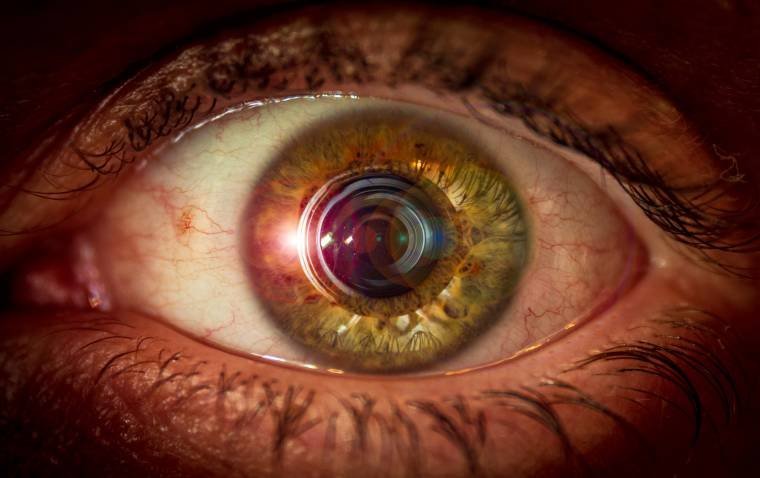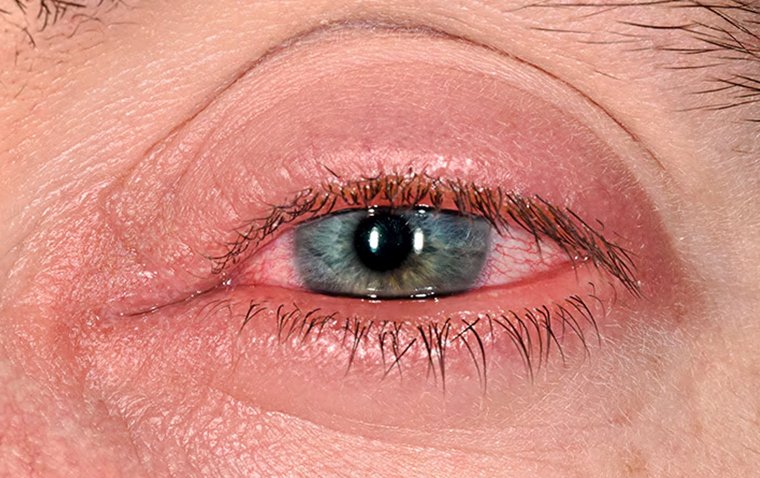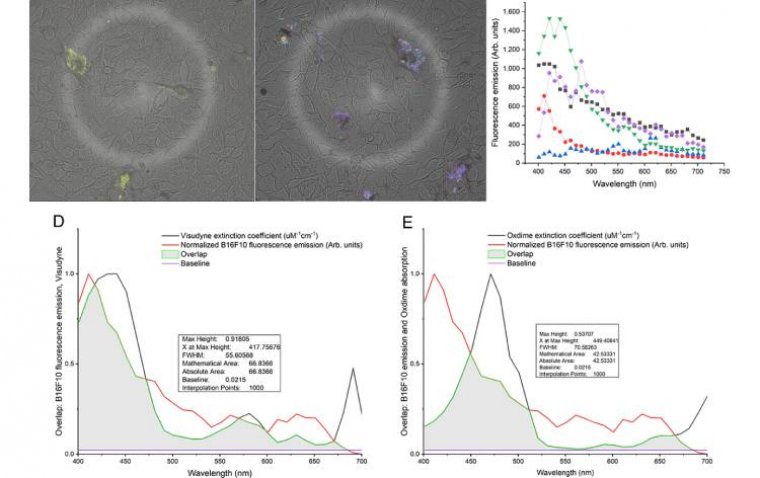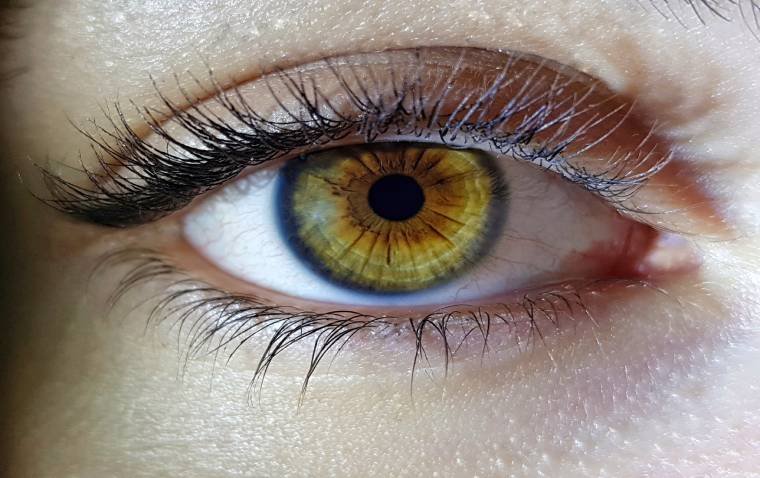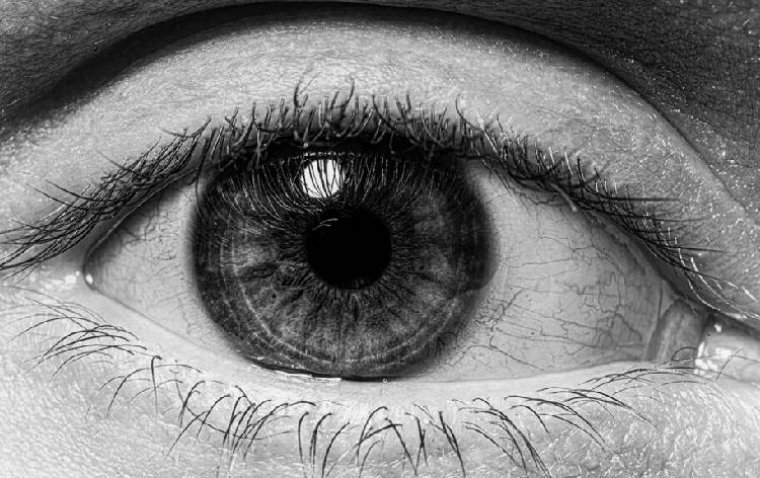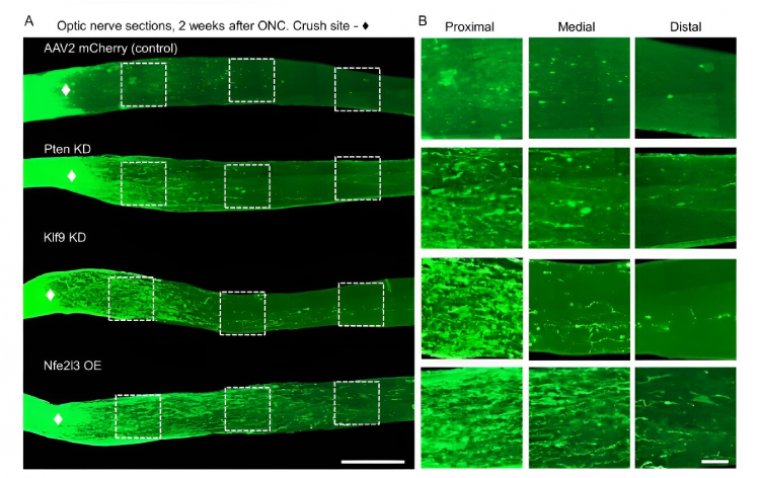
Researchers Discover a Protein That Can Repair Optic Nerve Damage
Researchers at the University of Connecticut (UConn) have identified a potentially transformative factor for regenerating damaged optic nerves, which could ultimately prevent irreversible blindness. This discovery is published in the May 2024 issue of Experimental Neurology.
The Impact of Optic Nerve Damage on Vision
Optic nerve damage, a leading cause of blindness and vision impairment, impacts over 3 million people in the U.S., as reported by the Centers for Disease Control (CDC). Glaucoma, characterized by an adverse effect on the eye's liquid flow and subsequent damage to the optic nerve, is the predominant cause of this condition. Traditionally, damage to the optic nerve, which links the retina to the brain, was deemed permanent due to the nerve cells' inability to regenerate.
Breakthrough Discovery: Nfe3 Protein Regenerates Optic Nerves
However, the research team led by neuroscientist Ephraim Trakhtenberg at the UConn School of Medicine has introduced a new hope. They've found that the nuclear factor erythroid 3 (Nfe3) protein, specifically found in nerves originating from the retina and not produced by adult neurons under normal conditions, can stimulate the regrowth of these nerve cells.
By applying gene therapy to adult mice with optic nerve injuries, Trakhtenberg and his team were able to induce the production of Nfe3, leading to the regrowth of individual nerve fibers. This regrowth mirrors the effectiveness of the best-known regenerative factors, yet Nfe3 stands out for its lack of associated risks, such as inflammation or tumor induction, making it a more promising candidate for further research.
"This opens a whole new novel realm of research. It could help glaucoma and other types of nerve damage," Trakhtenberg remarked on the potential of Nfe3.
The research now moves towards a crucial phase—monitoring the regenerating nerve cells over several months to determine if they successfully reconnect to the brain, an essential step for sight restoration. Successful reconnection could position Nfe3 as a viable treatment option not only for optic nerve damage but also as a preventative measure against diseases that progressively harm retinal neurons and the optic nerve.
Exploring Nfe3's Potential Beyond Vision Restoration
Moreover, the implications of this discovery could extend beyond treating vision loss. If Nfe3 proves effective in optic nerve repair, it may also offer new avenues for addressing paralysis and other nerve damage within the brain and spinal cord, heralding a new era in the treatment of neurological disorders.
Reference
Agnieszka Lukomska et al, Nfe2l3 promotes neuroprotection and long-distance axon regeneration after injury in vivo, Experimental Neurology (2024). DOI: 10.1016/j.expneurol.2024.114741
(1).jpg)
